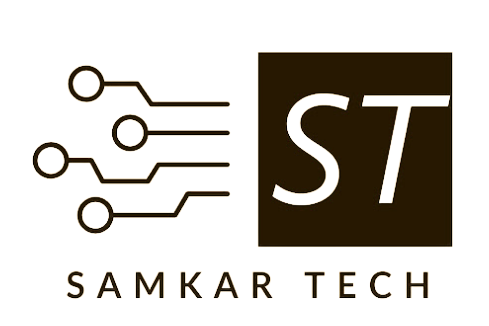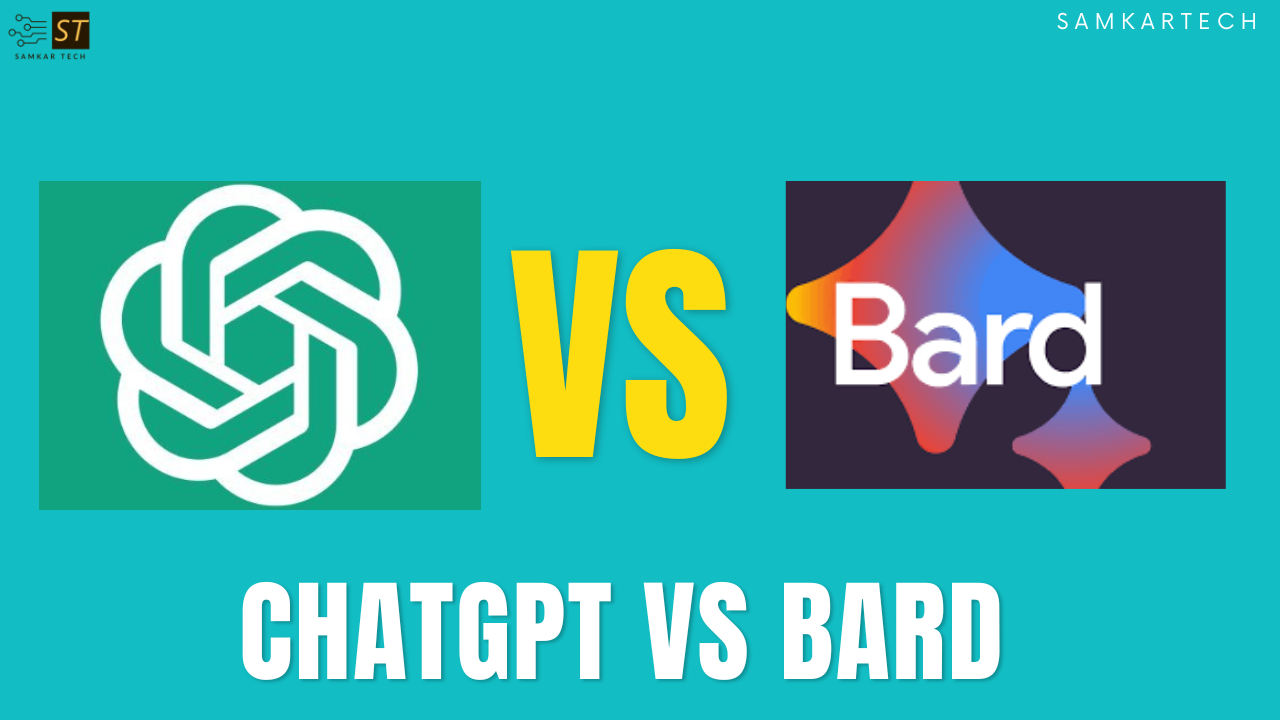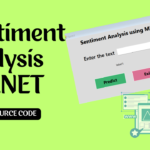Google’s latest language model for dialogue applications, Bard, has been making headlines recently, competing with ChatGPT-4 as one of the most popular conversational AI tools. In this head-to-head comparison, we take a closer look at these two chatbots and evaluate them based on several parameters, including their human-like response, training dataset and underlying technology, authenticity of response, access to the internet, user-friendliness and interface, text processing.
Human-Like Response: The ability to provide human-like responses is crucial for any chatbot’s success. In terms of mimicking natural language and having more open-ended conversations, Bard outperforms ChatGPT-4. The model can understand the intent behind a user’s questions and the nuance of context in a conversation. Bard’s responses are designed to be ultra-authentic and mimic human speech so accurately that they are indistinguishable from a real human.
Training Dataset and Underlying Technology: Both ChatGPT-4 and Google Bard use transformer architecture, a type of neural network that processes sequential input. However, their training datasets differ significantly. ChatGPT-4 was trained on an extensive dataset of text from the internet, including books, articles, and documents scraped from the open web. Meanwhile, Bard’s training focused on Infiniset, a dataset designed specifically for conversations and dialogue. As a result, while both models can understand and generate a wide range of text for multiple purposes, Bard is better at having natural and open-ended conversations with humans.
Authenticity of Response: The authenticity of a chatbot’s responses is crucial for building trust with users. While Google claims that Bard’s responses are ultra-authentic and mimic human speech closely, we found that some of its responses were less than authentic. For instance, when we asked it to list down the top ten developments around generative AI in the last 24 hours, it mentioned a tool named BlenderBot 4.0. Bard said that the tool, which is available to the public, can “generate realistic text and speech that is indistinguishable from human-generated content.” In reality, the release of BlenderBot 4.0 is nothing more than Bard’s hallucination.
Access to the Internet: One of the major differences between ChatGPT-4 and Google Bard is their access to the internet. Bard can draw its responses from the internet in real-time, while ChatGPT-4 relies on a dataset that only goes up until late 2021. This limitation means that ChatGPT-4 may struggle to provide up-to-date information, whereas Bard can offer the most recent answers to questions and the latest research.
User Friendliness and Interface: Bard has an advantage over ChatGPT-4 when it comes to user-friendliness. It has a nicer-looking interface and formatted text that’s much easier to scan. Moreover, Bard allows you to click on the Google Search icon alongside every response, which suggests related queries that you can tap to Google for.
Text Processing: Both ChatGPT-4 and Bard are proficient in various text processing tasks like summarization, paragraph writing, etc. ChatGPT-4 is better at language generation tasks that require domain-specific knowledge. Meanwhile, Bard can generate human-like text that sounds natural and can respond to a wide range of questions and prompts.
Also Read| Microsoft and AMD Join Forces to Develop New AI Processor, Codenamed Athena

Bard’s Strengths
- Bard is trained on a massive dataset of text and code, which gives it a broad knowledge base.
- Bard is able to generate creative text formats, such as poems, code, scripts, musical pieces, email, letters, etc.
- Bard is able to answer your questions in a comprehensive and informative way, even if they are open ended, challenging, or strange.
- Bard is able to follow your instructions and complete your requests thoughtfully.
Bard’s Weaknesses
- Bard is still under development, so it may not always be able to provide accurate or helpful information.
- Bard can be slow to respond, especially if it is asked a complex question.
- Bard is not able to generate text that is as creative or engaging as ChatGPT.

ChatGPT’s Strengths
- ChatGPT is able to generate text that is more creative and engaging than Bard.
- ChatGPT is able to respond to questions more quickly than Bard.
- ChatGPT is able to access and process information from the real world through Google Search.
ChatGPT’s Weakness
- ChatGPT is trained on a smaller dataset of text than Bard, which means that it has a narrower knowledge base
- ChatGPT is not able to generate text in as many different formats as Bard.
- ChatGPT is not able to answer your questions in as comprehensive or informative way as Bard.
In conclusion, both ChatGPT-4 and Bard are powerful conversational AI tools with unique features. Bard outperforms ChatGPT-4 in terms of human-like response and user-friendliness. However, ChatGPT-4’s dataset is more





Discussion (3)
Share Your Thoughts